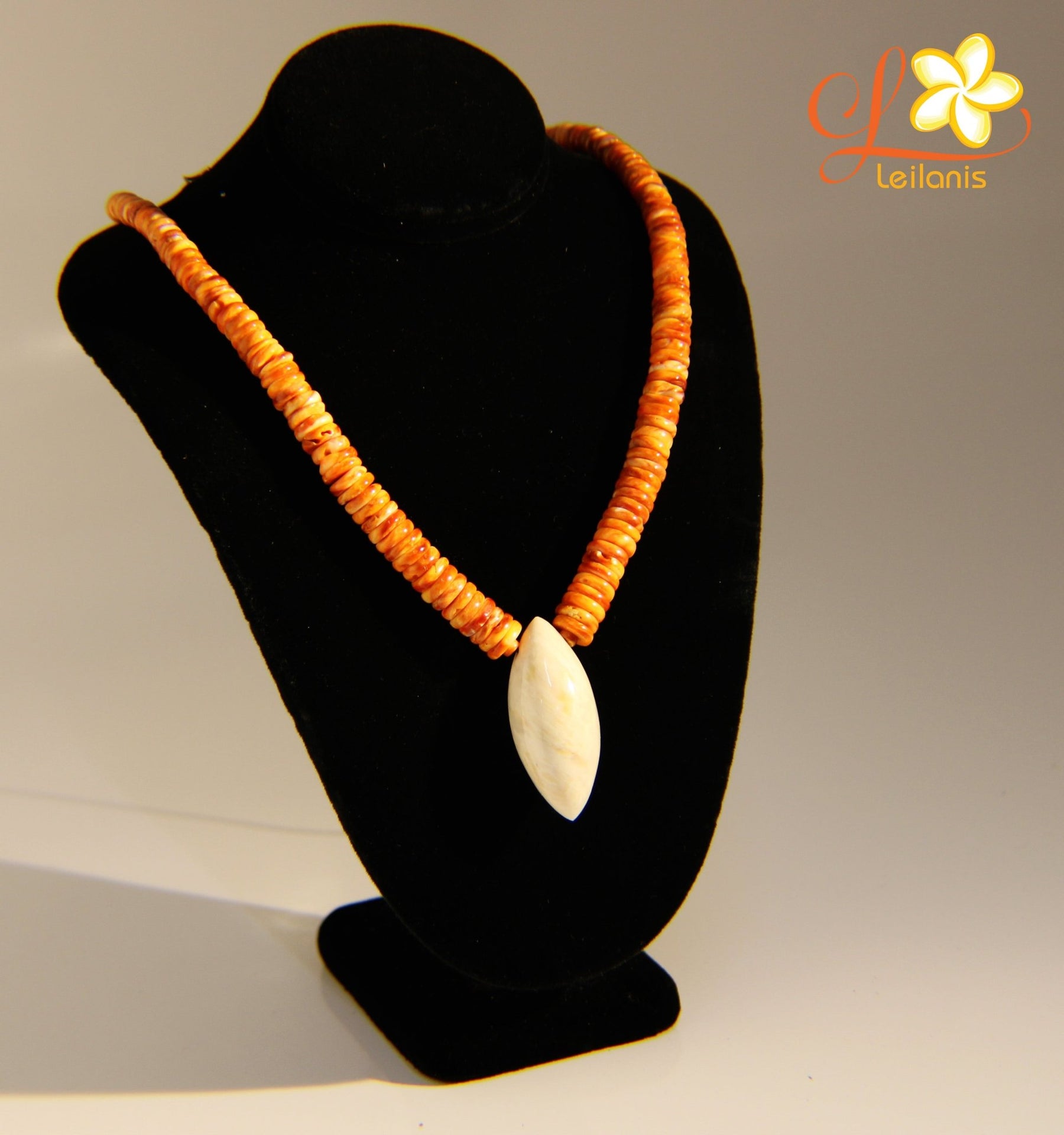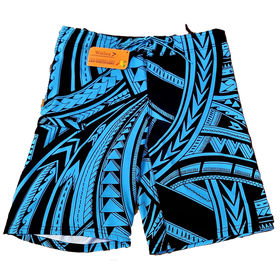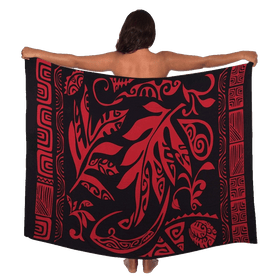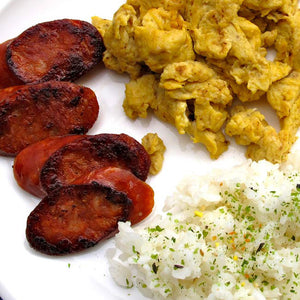
*Unveiling the Ancient Art of Chamoru Slingstones: åcho’ atupat*
In the realm of ancient warfare, some weapons stand out not only for their lethality but also for the precision and artistry involved in their creation. The Chamoru people of the Mariana Islands wielded such a weapon, known as the slingstone or *åcho’ atupat*. These stones, fashioned with meticulous care from materials like limestone, basalt, and fire-hardened clay, played a pivotal role in the history of this Pacific archipelago.
In blog post, we will delve into the intriguing world of *åcho’ atupat*, exploring their history, craftsmanship, and significance to the Chamoru people.
The Deadly Precision of Chamoru Slingstones
Slingstones were not merely crude projectiles; they were precision weapons, skillfully aimed and hurled by Chamoru warriors with deadly accuracy. These stones, utilized during the Latte period and even in early colonial history as tools of resistance against Spanish colonization, were capable of devastating impacts. Father Pedro Coomans, in his historical account, vividly describes the Chamoru sling:
Their offensive weapons include the sling, which they aim very skillfully at the head. Out of small ropes, they weave a sort of net-bag, in which to carry stones with an oblong shape, some formed out of a marble stone, and others of clay, hardened in either the sun or fire. They whirl and shoot those so violently. Should it make an impact upon a more delicate part, like the heart, or the head, the man is flattened on the spot."*
Craftsmanship Beyond Compare
What sets Chamoru slingstones apart from their counterparts around the world is the craftsmanship involved in their creation. These stones were not mere natural rocks or pebbles but meticulously crafted aerodynamic shapes. Raw materials such as coral, limestone, basalt, and clay were carefully chipped, abraded, and shaped into various forms. The most favored style resembled American or Rugby mini-footballs, but other shapes, including diamonds and eggs, were also crafted. These hand-sized slingstones, weighing between 40 to 80 grams, were works of art, showcasing the skills and dedication of the Chamoru people.

A Tool of Warfare and Resistance
While the sling might have been used for hunting birds on Guam, it was primarily a combat weapon. Spanish chronicles from the colonial period bear witness to the remarkable prowess of Chamoru warriors in hurling slingstones with such force and accuracy that they seemed akin to bullets fired from a gun. These stones became symbols of resistance, used to repel Spanish forces and protect the Chamoru way of life.
The Mystery of Origin
One intriguing question that lingers is the origin of Guam's sling technology. Some theories propose independent development within the region or possible influence from the Philippines, but no definitive answers have been found. The most compelling hypothesis suggests that the concept of the sling and football-shaped slingstones might have been introduced from Melanesia, particularly the Bismarck Archipelago. Slingstones in the Bismarcks have been dated to around 2000-2400 years ago, aligning with the appearance of slingstones in the Mariana Islands.
The Chamoru people's mastery of *åcho’ atupat* or slingstones is a testament to their ingenuity and resilience. These precision weapons, meticulously crafted and skillfully wielded, played a crucial role in defending their culture and resisting colonial forces. The legacy of Chamoru slingstones endures as a symbol of the indomitable spirit of a people who crafted both art and weaponry to protect their way of life.
If you are looking to see more Local hand made Chomoru Jewelry vist our Guam section on our home page.





Leave a comment